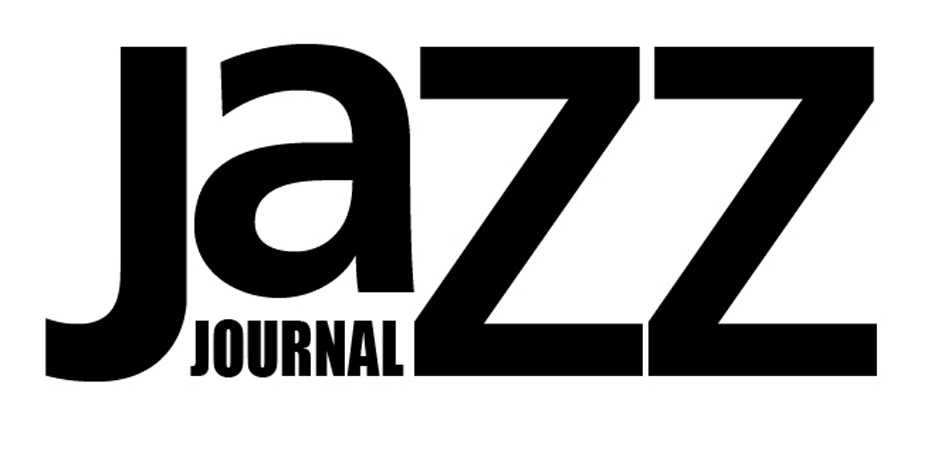Matthew Kilner: The Space In Between Self (MRK25CD / MRK25VNL)
Who doesn’t look forward to a debut album from a promising musician? Scottish tenor saxophonist Matthew Kilner delivers the six-track The Space In Between Self with grace and mature sensibility. The anxious anticipation which often coincides with a first project is quickly relieved as the first track hits the speakers. The team, including Paul Harrison (piano), Ewan Hastie (bass) and Alyn Cosker (drums), is in fine form, and shows that Kilner can not only lead an ensemble but can compose decent songs for it.
Ask Or Tell, the second composition, might have been better placed as the initial piece. It has a subtle groove to it that tugs at the listener’s ear. Balance is nicely achieved here. There isn’t any wayward improvisation or odd-sounding sections that some young musicians might unknowingly incorporate. The following track, The Lighthouse, changes tones. More melancholy but not morose, it swings tenderly as guest alto saxophonist Paul Towndrow croons with thoughtful phrasing on top. Paul Harrison, as well, plays skilfully both as backing accompanist and tuneful soloist.
On this brief release, lasting about 40 minutes, Kilner leaves his mark. Is it the best album of the year? Probably not. However, it is a toothsome listen. The Space In Between Self has stirring moments of instrumental teamwork. Though some tracks, like Haar, linger a bit too long, sounding a bit fragile and tinkling, the overall atmosphere Kilner creates brings to mind the more inward-gazing moments of Coltrane. Also, the longer lengths of the compositions (most around six minutes) allow for the group to play with and develop a tune without losing the heart of the piece. It evidences Kilner’s understanding of how to display his talents to a new audience. So, with this now out in the world, one looks hungrily to what the Scottish saxophonist will create in the future.
Fabrice Moreau: Ignorant As The Dawn (Bram 915012 CD)
Though sometimes forgotten, a good drummer can save a group from fiasco. On Fabrice Moreau’s Ignorant As The Dawn, we see the musician lead his team with conscientious deliberateness. Though this is only his second album as leader of a quartet, Moreau is at home with his direction and choice of compositions. Made up of Ricardo Izquierdo on tenor saxophone, Nelson Veras on guitar and Jozef Dumoulin on piano and synth bass, the group offers gentle pieces that still burst with energy while keeping a consistent style.
At times, as on Soleil Rapide, the band allows for more freestyling sections that revolve around the drummer’s rhythms. Moreau doesn’t sit on the sidelines though, his playing is not just a simple beat, he is daring in his deliveries. Though many tracks have an air of tranquility to them, there is an undertow of urgency. If not for this through-line of slight agitation or anxiety, the compositions might have been anaemic, seem less noteworthy. The choice of guitar is also in Moreau’s favor, as it lends a different sonic texture that can come to the forefront of a track as well as blend into the background.
For those looking for constant excitement and movement, this album may disappoint. Moreau is more concerned with layers, starts/stops, silence and atmosphere. On Sleepwalker we get a percussion intro that might seem hesitant to untrained ears, but which works to establish the off-kilter approach the team utilises. Very much in the contemporary European style (as seen on countless ECM records), Moreau confidently weaves his lilting compositions, which play with syncopation and rhythm. Ignorant As The Dawn won’t be to everyone’s tastes, but it is worth a listen for the way the team members musically converse with one another.
Scandinavian Art Ensemble with Tomasz Stańko: The Copenhagen Session Vol. 1 (April Records)
Jazz is the genre of dreamers, clowns, soul searchers, showoffs and the rest. So it is a nifty find that nearly a decade after the recording session and seven years after trumpeter Thomas Stańko’s passing, The Copenhagen Sessions Vol. 1 comes to light. Celebrating Danish jazz, members of the Scandinavian Art Ensemble recorded this and a second project. The initial volume includes many of the perhaps hectic and experimental characteristics that are so much a part of the contemporary European jazz scene.
Expressed in not exactly pretty compositions, the music here does capture a distinct landscape. Certainly belonging to the freestyle school, this project embodies a sonic aesthetic known to be off-putting to those on the outside. Tunes like Before The Rain can seem overly atmospheric, not quite focused on a melody that guides and ensures the listener’s interest. Instead, we get a polyphonic cascade. There are weaving instruments and voices; there are jarring transitions, though purposefully so. For those used to Stacey Kent, Bill Evans or even Pat Metheny, the songs on The Copenhagen Sessions Vol. 1 could be from another planet. Even the vocal track Circles, isn’t a straightforward tune. We get vocalise sections displaying a rawness which, overall, works with the devolving atmosphere of the track. Though exciting at times, one can also see them as chaotic or messy.
Those familiar with Tomasz Stańko will be more accustomed to what is on offer. The whirling, almost squawking trumpet is a staple of the artist. Yet, unlike his own studio releases, there is a lack of musicality and sophistication here. That’s not to say that the Scandinavian Art Ensemble is sloppy. A sense of elegance and balance have disappeared. The Copenhagen Sessions Vol. 1, like many “lost” recordings, is an important discovery. Yet, with global jazz scene’s veritable plethora of flavours, one wonders at the true value which should be placed here.

